This is the second excerpt from a book I'm writing called 'A Singular Point of Light.' It's a continuation from the first excerpt here. You might want to start there before reading this.

On a damp autumnal afternoon in the late 1990’s I had what I now realise was a mental breakdown. I had been working for a family roofing firm and, during a long and stressful summer, I’d convinced myself that the vitality of youth would get me through the inherent risks of being in charge of a sub-contractor in a sticky industry. I was wrong.
After feeling unwell at work I drive home in a state of hyper-tension, gripping the steering wheel, sat bolt upright in the car. The last thing I remember is having a series of chest clenching palpitations in the hallway of my home.
I wake in a curled up foetal position in the corner of my bedroom. I’m not sure what’s happening. My instinct is to try and break out of the paralysis that’s pinning me to the floor - but I can’t. I’m frozen in a bile-throated, living rigor-mortis. I feel like a bird tumbling through a hedge after being shot in mid-flight. It takes every cell in my body to bring about a state of calm. Besieged by an indeterminable terror, a dread of upsetting the status-quo leads to cramps in my calf and thighs.
The first thing that resolves is the sky outside, although my view through the window is incoherent and prismatic. Time seems to warp in those first few moments. I take deep breaths into my stomach to help settle my thoughts. Every breath, every movement, every nuance has its part to play. Even though I feel like I’m dying, my senses are piqued and raw. I lie on the floor for an hour or so, and it's only when the sun shines through the curtains behind me that I feel a subtle shift in atmosphere. My mood changes. I notice shapes appearing in the room and patterns defined by the sunlight: the shadowed edge of the bed, the sharp cut of the sill, the line of slates on the rooftops outside. Ripples of warmth percolate up from emotions that tap into the roots of my childhood. Through a kind of visual anchoring from one location to another, I coax myself back into the present and stand up.
Euphoria sets in - I have achieved the mental equivalent of climbing Mount Everest, but shortly after, there's a brutal drop into reality. Getting to this point has taken what feels like a lifetime’s effort.
To spill this occurrence beyond the boundaries of my mind would lead to shame and horrors untold. The shock of this new state of being turned me into the purplest of worlds, a feeling that I later discovered had a name: depression.
The blackness was a ghost inside. It wasn’t articulate or transparent; it didn’t break legs or cause cuts and bruises. Instead, it immobilised my thoughts and actions, any combination of which - such as getting out of bed - brought on a sense of foreboding. I later told a therapist that my depression was like being stretched between the open bomb-bay of a war plane: hanging on with dread, beneath an explosive cargo, whilst life hurtled past below.
I barely survived the next year. I scraped an existence by just being: turning up to work when directed, and allowing others to fill in the blanks as to what they expected of me. I was a parent too, and the inability to engage with the joy of parenthood increased my melancholia. The thought of taking my life seemed perfectly sane and logical. Surprisingly, there wasn’t the drama attached to it like I’d seen in the soaps. The overwhelming compulsion was to feel nothing. But I held on.
During that year I experienced everything in the round with periods of cyclical survival. Each day, from a point of sombre introspection and self-recrimination I called up every trick in the book to find sparse places of comfort. The places I found were like the slender ledges of a rocky precipice. Exercise created temporary outcrops that helped me cling to life. Running gave me credence through action, and let me sieve the anxious dross out of my head.
What was left was a guiding intuition - little pearls of light. I went back to the time during my breakdown when I medicated on the shapes, shadows and spaces of my surroundings. Sometimes during a run, I’d stop in the street, summon up the memory, and look at the buildings. Bizarrely, the window patterns and rooftops, the brick, glass and stone conjured up vague connections with the pearls of light.
It was a frustrating process, a kind of journeyman therapy. At times I’d find a soothing poultice for my raw thoughts through connecting with places, only to lose the bond through a smog of self-loathing. But, slowly, I built up a catalogue of places and buildings that meshed together a framework that gave me purpose. A transparent need began to emerge: to find out why the combination of light, line and form gave me comfort. A residue of the melancholy remained, however, until a trip out to Tynemouth Priory where, as well as a notebook and pen, I took a camera.

Help me finish my book.
CARRY ON READING
I'm sharing the rest of my book via my exclusive monthly Patina Digest . If you'd like to help and contribute to its success - you can support me by joining as a member here.
It's been a long a difficult journey, and I'm only part way through completing the book (at about 50,000 words) - but it would be great to have you come along with me on the process and I'm kickstarting the journey with excerpts from the first chapter here. After this post, the remainder of the book will be shared exclusively in my Patina digests.
I do feel a little anxious in sharing these words that have percolated through so many different layers of my mind, but please feel free to comment. The book is still in draft form and hasn't gone through any editorial review. All words are copyright: Andy Marshall.
I survived.
I survived and I'm thriving. You can also follow me on my weekly trials and tribulations photographing the nations heritage from a camper van here.


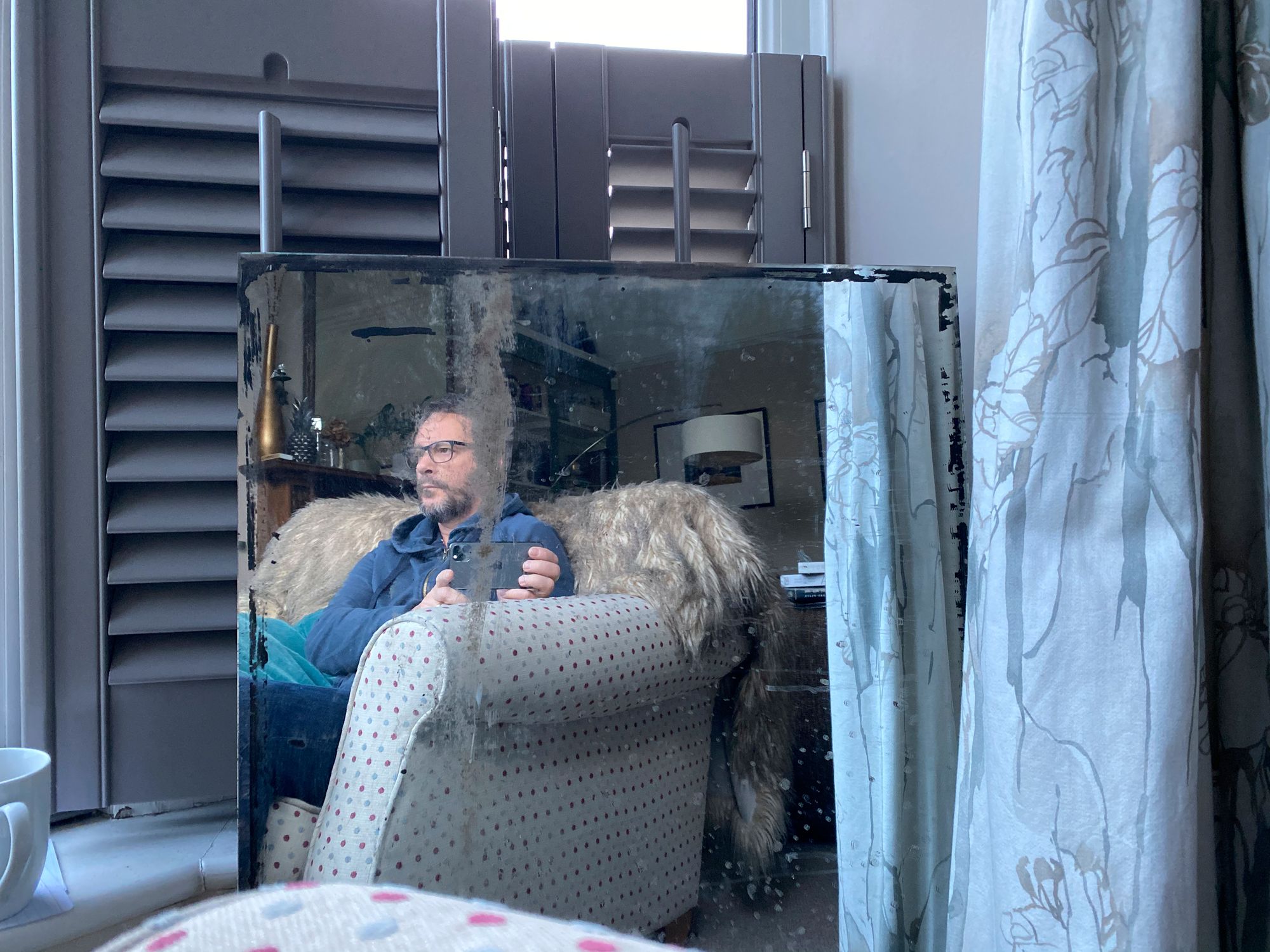
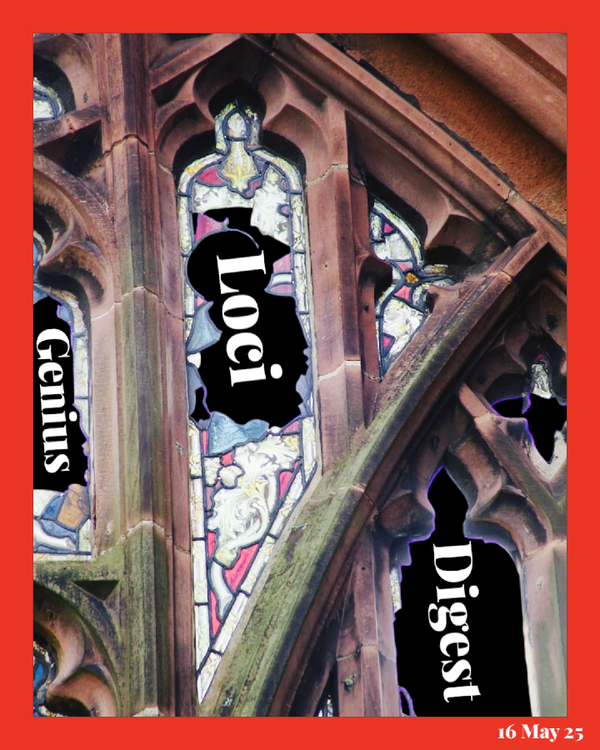
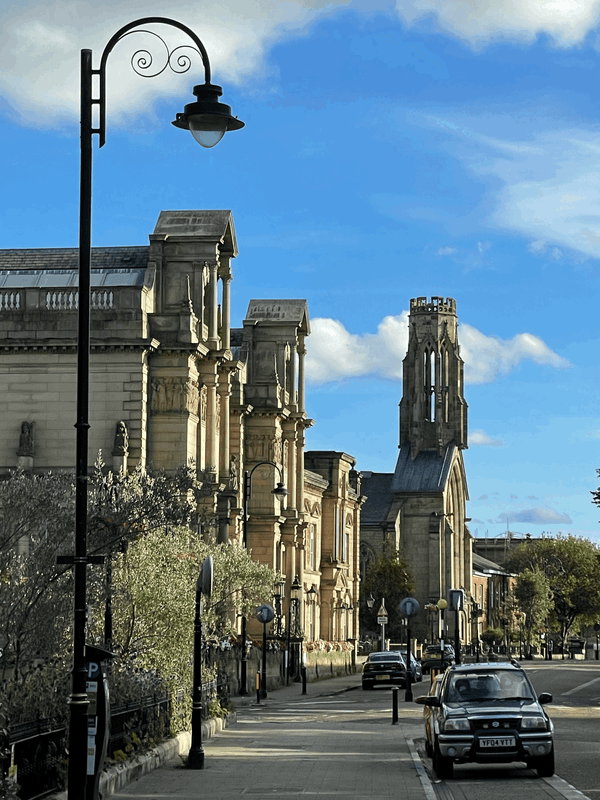
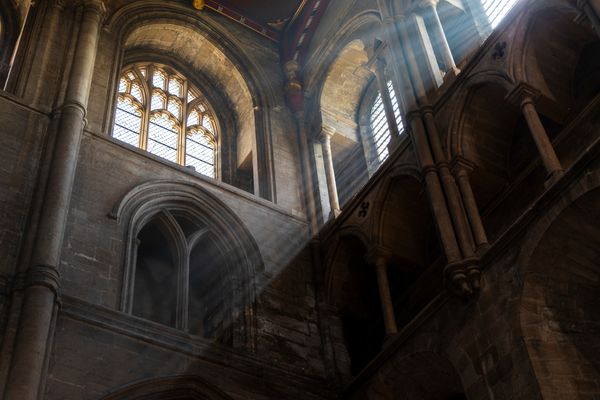
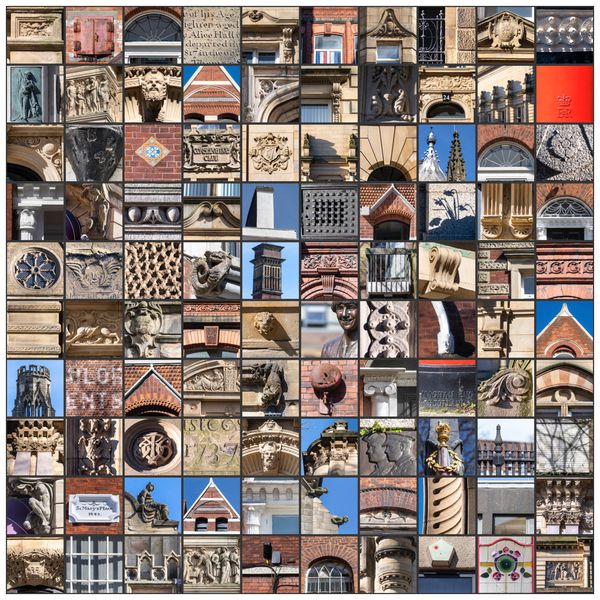
Member discussion